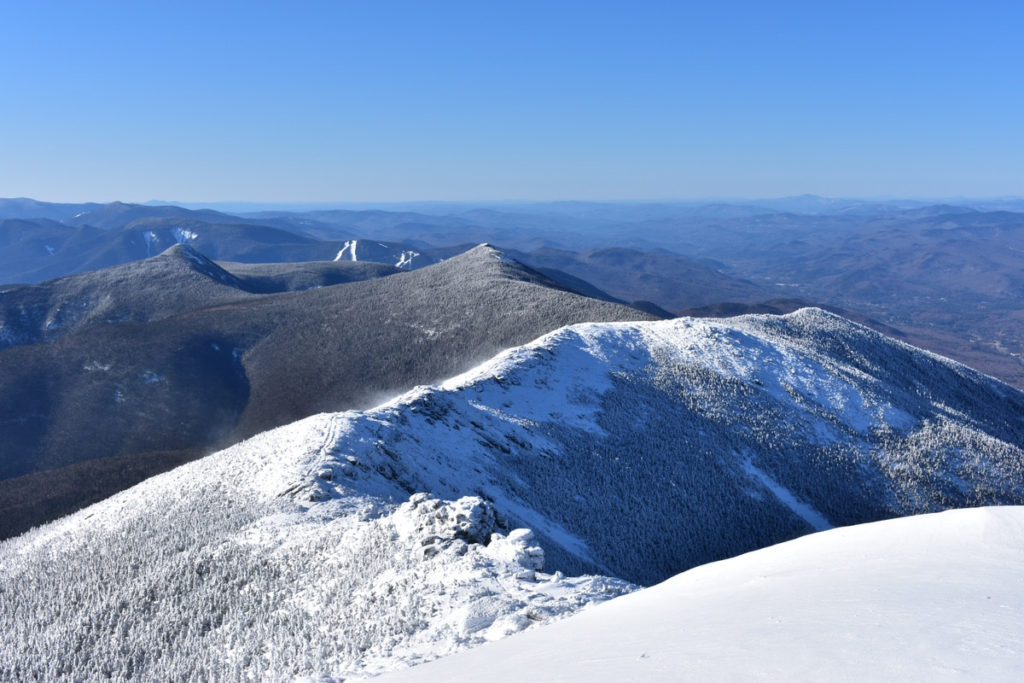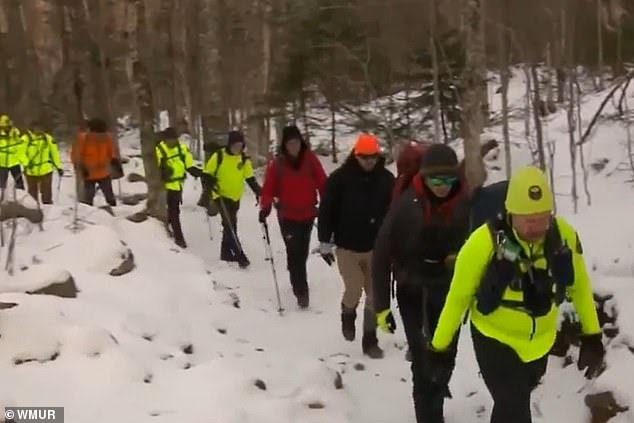Lost in the White Mountains: The tragic story of Emily Sotelo
Lost in the White Mountains: The tragic story of Emily Sotelo
Mountaineering is a perilous pursuit, a perilous dance with death that has claimed countless lives throughout history. From the ill-fated ascent of Mount Denali by the doomed expedition of 1932, to the tragic fate of George Mallory on Everest’s treacherous slopes in 1924, the mountains have long been a formidable foe, unforgiving and unyielding. And yet, despite the warnings of the past, beginners still venture forth, driven by a primal urge to conquer the unconquerable. They start with smaller summits, cautiously building their skills and daring, ever aware of the dangers that lurk in every crevasse and avalanche. For in the unforgiving realm of the mountains, even the slightest misstep can prove fatal, as the ghosts of mountaineering’s past so hauntingly attest.
In November of 2022, Emily Sotelo, a 19-year-old sophomore at Vanderbilt University, set out to hike the White Mountains in New Hampshire. It was Thanksgiving break, and she planned to celebrate her upcoming 20th birthday with a hike. Emily was no stranger to the trails. She had summited 40 of New Hampshire’s 48 peaks over 4,000 feet. Her goal was to conquer three more on this trip.
Emily aimed to ascend the 5,249-foot Mount Lafayette via the Franconia Ridge Loop, an 8.1-mile trail known for its extremely rugged, exposed, and difficult terrain. Here, you may face winter conditions such as ice, snow, high-winds, frigid temperatures, and whiteout conditions on any day.
On the morning of November 20th, Emily’s mother dropped her off at the trailhead at 4:30 a.m. She embarked on her solo trek, undeterred by the fresh snow and overcast skies.
Emily packed light: a banana, granola bars, a battery pack, and water. At 5 a.m., she texted her mother, requesting quinoa, chicken, and papaya for lunch. Despite worsening weather, difficulties, and the bitter cold, she was still optimistic about her excursion.
The White Mountains are notorious for their brutal winter conditions. Fierce winds, often reaching speeds of 50 to 100 miles per hour, and plummeting temperatures are common. Piled-high snow from the previous day’s relentless fall had buried the trail under multiple layers, obscuring its path and making it treacherous to navigate.
By 9:40 a.m., as the weather worsened so did the visibility conditions, and unbeknownst to her, Emily had veered off the tree trail and onto the mountain’s northwest face. Alone and unequipped with navigation tools, she struggled to stay on course, lost in the unforgiving frozen wilderness.
She soon realized she was ill-prepared for the plummeting temperatures, which dropped from a relatively mild 27°F to a chilling single digit. Despite wearing long underwear, heated gloves, and a neck warmer, Emily’s outfit was more suited for a brisk winter hike than a mountaineering expedition. Her lightweight jacket, exercise pants, and low-cut trail running shoes left her exposed to the harsh conditions, and the absence of a hat allowed precious body heat to escape, leaving her core temperature vulnerable to the cold.
By 11 a.m., Emily’s mother received no response to her check-in text. Concerned, she alerted authorities. A desperate search for Emily ensued at the late afternoon, as 20 teams battled fierce winds and freezing temperatures to locate her. Despite their efforts, they failed to find her and retreated as night fell. The search resumed on November 21st, with a helicopter joining the effort, but progress was slow and laborious.
On November 22nd, search teams found Emily’s belongings and suspected tracks in the snow. They pressed on through dense thickets and waist-deep snow, following her trail, but were forced to retreat again as the brutal weather continued.
On November 23rd, Emily’s 20th birthday, search teams approached from different directions. At 11:15 a.m., the search party stumbled upon a chilling sight – Emily’s lifeless form, cold and still, lying precariously close to the icy headwaters of Lafayette Brook, a haunting three-quarters of a mile from the fateful point where she had fatally strayed from the trail.
She likely succumbed to exposure by the evening of November 20th, losing many of her belongings in a desperate attempt to escape the harsh weather. A New Hampshire National Guard helicopter retrieved her body, which was then transported to the Cannon Mountain ski area.
Emily’s family and the public mourned her loss. She was a bright, caring young woman, a trained EMT with dreams of becoming a doctor. Her family received an outpouring of support and urged donations to search and rescue teams.
In the wake of Emily’s tragic demise, U.S. National Fish and Game officials revealed a chilling parallel: a near-identical incident had occurred at the same location just a year prior, in 2021. On that occasion, a group of hikers had also strayed from the trail in similar treacherous weather conditions. Fortunately, they managed to escape fate’s cruel hand by cleverly thawing out their frozen cell phones in their armpits, enabling them to send out a distress signal to search and rescue teams.
Reflecting on her daughter’s tragic fate, Emily’s mother recalled her own fascination with mountains, describing them as both beautiful and terrifying. She remembered a story she wrote about a mountain in Croatia, capturing the duality of nature’s beauty and danger.
Emily Sotelo’s story is a poignant reminder of nature’s unforgiving power. Her persistence and passion for hiking were met with harsh and tragic realities. As her family considers launching a foundation in her memory, they hope her story will serve as a warning and a lesson for all adventurers.









